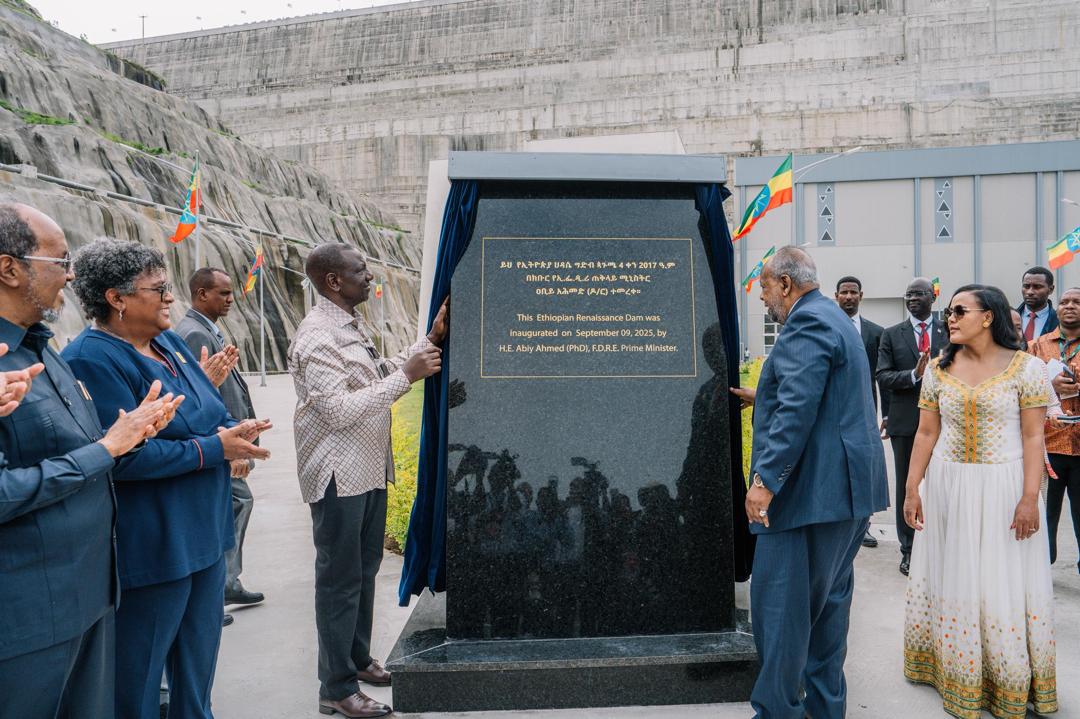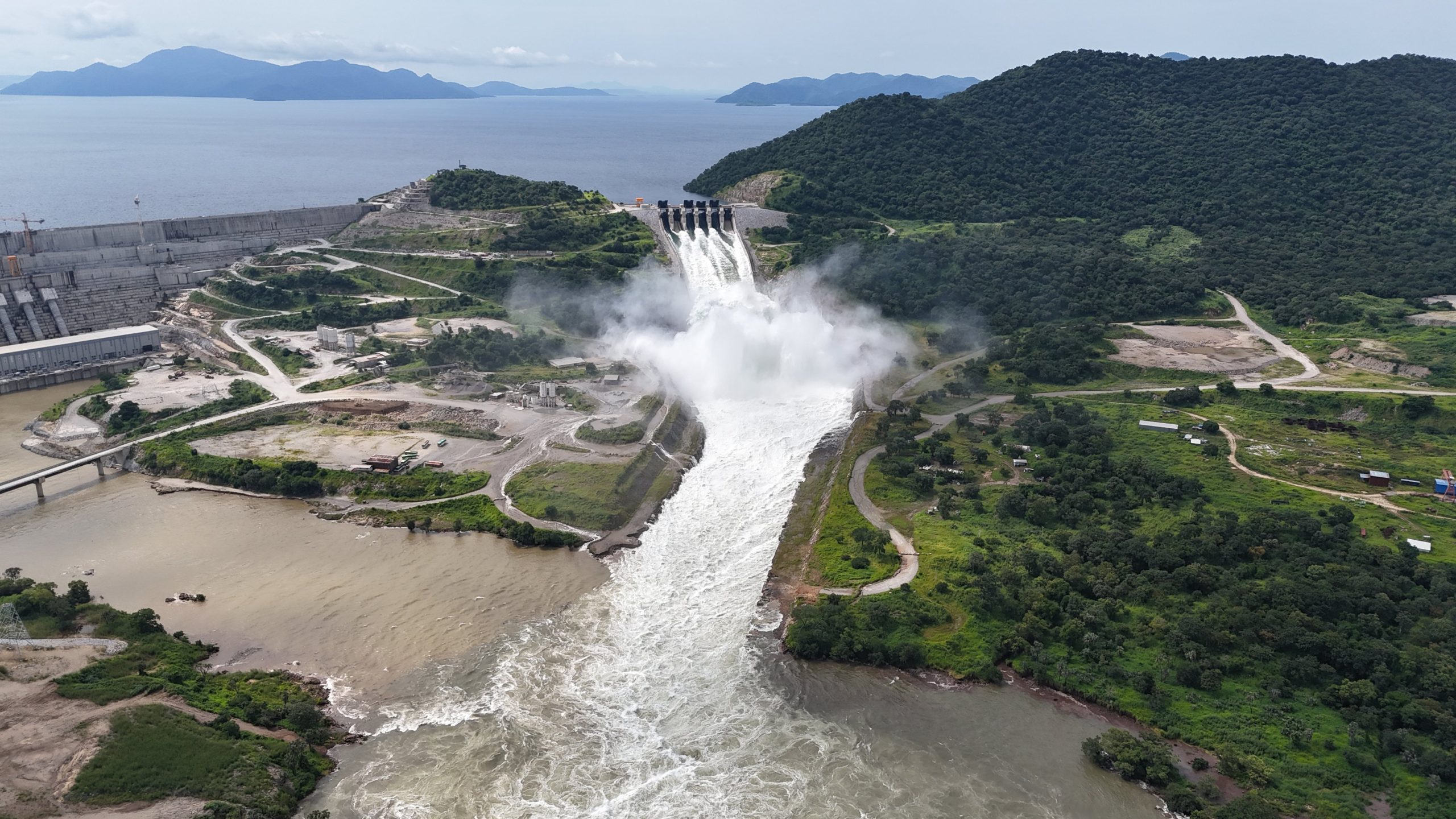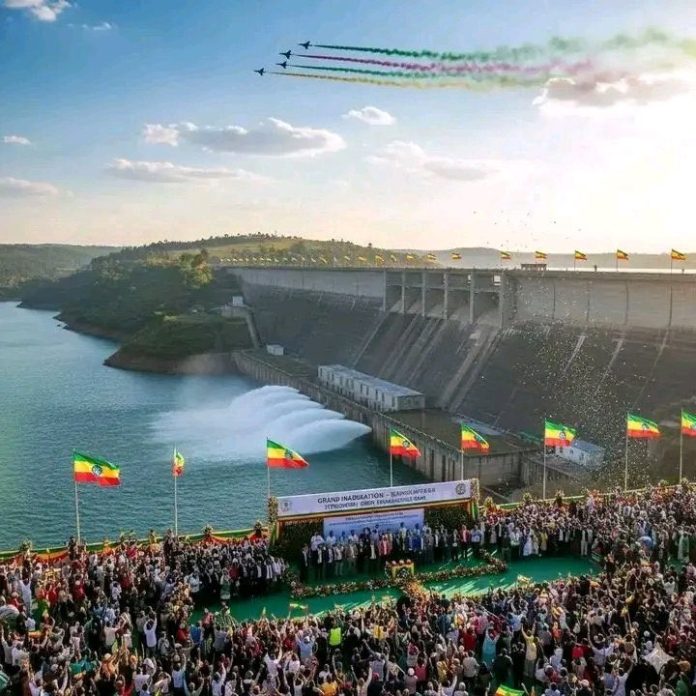On September 9, 2025, Ethiopia officially inaugurated the Grand Ethiopian Renaissance Dam (GERD), marking a transformative milestone in the nation’s pursuit of energy independence, economic growth, and regional leadership. Located in the Guba district along the Blue Nile, the GERD stands as Africa’s largest hydroelectric project, with an installed capacity of 5,150 megawatts, more than doubling Ethiopia’s previous electricity generation capacity and positioning the country as a potential regional energy hub.
The GERD’s scale eclipses Ethiopia’s previous largest hydroelectric facility, the Gilgel Gibe III Dam, situated on the Omo River. Commissioned in 2015, Gilgel Gibe III has an installed capacity of 1,870 megawatts and played a pivotal role in alleviating national power shortages while supporting Ethiopia’s growing industrial sector. The new dam’s annual generation capacity of 15.76 terawatt-hours is expected to provide a stable electricity supply to over 120 million Ethiopians, stimulating industrial growth, enabling the expansion of ICT hubs, supporting agro-processing industries, and facilitating Ethiopia’s transition to electric vehicles following its recent ban on gasoline-powered vehicle imports.
Africa’s hydropower landscape has been significantly reshaped by the GERD. Prior to its completion, the largest dam on the continent was the the Aswan High Dam in Egypt, currently, the second largest in Africa. It boasts of a total capacity of 2,100 MW from twelve generators, each producing 175 MW. Located near Aswan in southern Egypt, it is the largest embankment dam in the world, standing 111 meters high and stretching 4,000 meters in length.

The GERD’s completion is remarkable not only for its engineering scale but also for Ethiopia’s approach to its construction. Unlike many large infrastructure projects in developing nations, the Ethiopian government financed the dam entirely through domestic resources, avoiding foreign debt. The project leveraged contributions from state-owned enterprises, public bonds, and voluntary citizen investments, reflecting Ethiopia’s growing fiscal and institutional capacity as an emerging economy. This financing model underscores a strategic commitment to self-reliance and demonstrates how Africa’s large-scale infrastructure ambitions can be realized without deepening external indebtedness.
The timing of the GERD’s inauguration is particularly significant as Ethiopia has recently opened its trade borders under the African Continental Free Trade Area (AfCFTA), aiming to enhance regional integration, expand exports, and attract cross-border investments. The increased energy capacity provided by GERD positions Ethiopia to not only power domestic industries but also become a major electricity exporter to neighboring nations, boosting intra-African trade and complementing the broader goals of AfCFTA. Kenyan President William Ruto has already expressed readiness to sign a power purchase agreement to offtake surplus electricity from the GERD, supporting Kenya’s industrial sectors, ICT innovation hubs, and agro-processing initiatives.
However, the GERD’s construction has not been free of controversy. Egyptian authorities and civil society groups have protested the project, citing potential impacts on their water security. The Nile River supplies over 90% of Egypt’s freshwater, and decades-old colonial treaties have historically influenced Egypt’s claims over Nile water allocations. Public demonstrations erupted in Egypt during key phases of the GERD’s filling process, reflecting deep-rooted national sensitivities around Nile water usage. Ethiopia, maintaining its sovereign right to develop its natural resources, has consistently asserted that the dam poses no significant harm to downstream nations while encouraging ongoing trilateral negotiations with Egypt and Sudan. Ethiopian Prime Minister Abiy Ahmed emphasized that dialogue and compromise remain the “surest path to a fair and equitable agreement,” advocating for regional cooperation over confrontation.
Beyond political tensions, the GERD symbolizes Ethiopia’s ambition to harness renewable energy as a driver of sustainable development. The dam reflects a shift from reliance on foreign aid to self-reliance and technological capability, demonstrating how African nations can leverage their natural resources to achieve both energy security and economic transformation. The project also represents a blueprint for large-scale infrastructure development that balances environmental sustainability, social impact, and regional collaboration.
The GERD is poised to redefine Ethiopia’s regional influence. By providing reliable electricity, the project supports industrial competitiveness, job creation, and economic diversification. It strengthens Ethiopia’s capacity to engage meaningfully in cross-border trade under the AfCFTA and positions the nation as a renewable energy leader in Africa. For downstream countries, the GERD offers the potential for coordinated water management, energy trading, and regional development if collaborative frameworks are maintained.

In addition to the national and regional economic benefits, the dam is expected to have wider climate implications. Hydroelectric power reduces dependency on fossil fuels, thereby contributing to Africa’s climate resilience and renewable energy targets. The GERD thus emerges not only as a national achievement but as a continental exemplar of how African countries can mobilize resources, technology, and policy alignment to achieve transformative infrastructure outcomes.
The inauguration of the Grand Ethiopian Renaissance Dam is more than a celebration of engineering achievement; it is a statement of Africa’s potential to translate natural resources into sustainable economic and social growth, reaffirming the continent’s ability to lead on large-scale, climate-conscious, and strategically significant infrastructure projects. As Ethiopia powers its own industries and begins supplying energy to neighboring countries, the GERD will likely be remembered as a landmark in Africa’s energy and development trajectory.
Read also: African banks and DFIs commit $100 billion at ACS2 to power green industrialisation






